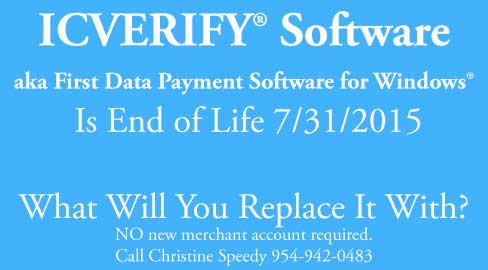Level 1, Level 2 and level 3 processing are different ways of handling purchasing or p-card, business, commercial, and corporate cards. Each level has unique data specifications that determine the potential rate merchants pay for related card acceptance. Even if Level 1, Level 2 and level 3 data is sent to the acquirer, or credit card processor, the merchant may not qualify for the associated rate due to other rules not being met. Although interchange rates are the non-negotiable fees all merchants pay, they can be influenced.
MYTH: If I use a level 3 processor, I’ll get the lowest rates. False. Many rules must be followed. The payment gateway and integration method, if applicable, is largely in control of potential rate qualification. Few have the necessary technology automation to maximize profits. Additionally, the processor may be certified for one channel, but the merchant accepts payments via multiple channels such as retail and e-billing.
What is level 1 processing?
The default commercial card transaction is level 1.
What is level 2 processing?
Requires level II data, including the entry of customer code, card acceptor type, tax ID and sales tax.
- For MasterCard, a sales tax amount is required, and the amount must be greater than $0.00, but no less than 0.1% – 30 % of the transaction amount. This is important because most B2B companies typically are not charging sales tax, therefore cannot qualify for level II rates, and need to focus on level III.
- For Visa, a tax amount is not required, but the merchant must indicate whether the transaction is tax exempt.
Most acquirers and payment gateways support level 2 data.
What is level 3 processing?
Level III minimum data requirements include: Summary Record – Discount Amount, Freight/Shipping Amount, Duty Amount and Account Number and Line Item Detail Record – Item Sequence Number, Item Commodity Code, Item Descriptor, Product Code, Quantity, Unit of Measure, Unit Cost, and Discount per Line Item, Line Item Total, and Line Item Detail Indicator.
While that sounds like a lot, this can be managed by the payment gateway, which is required for level III processing. It’s critical to point out that the data is the minimum requirement to even potentially qualify. There are a bunch of other rules. For example, authorization and settlement must be equal and settlement must be within required timeframe. Again, this is an area for B2B that often causes a problem. Payment gateway capabilities and integration method must support all the rules, including numerous new Visa rules.
Each rate below is for the same credit card, but different rules apply to qualify for them.
2016-2017 U.S. Region MasterCard Commercial Rates—Small Business Credit |
|
| Interchange Rate Program | Level 4 |
| Standard | 3.26% + $.10 |
| Data Rate 1 | 2.96% + $.10 |
| Data Rate II | 2.31% + $.10 |
| Data Rate III | 2.06% + $.10 |
| Large Ticket 1/II/III | 1.51% + $40 |
Not to be confused with processing level, MasterCard came out with “Small Business Level”, which is about the cardholder and issuer relationship size (how much the cardholder spends).



